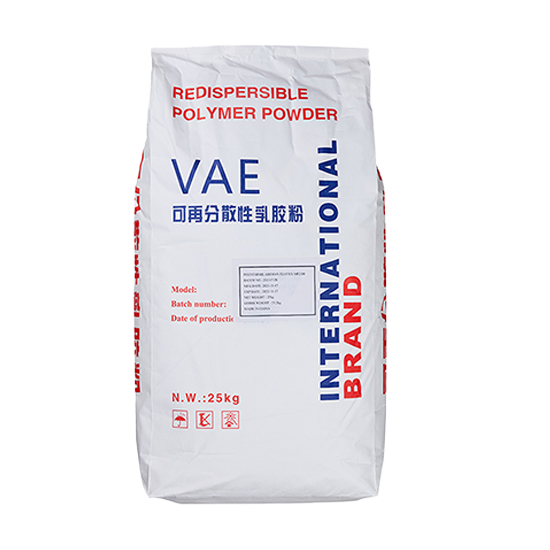Common problems in putty powder
Putty powder is a widely used material in the construction and renovation industry. It is primarily used for filling cracks, holes, and imperfections on walls and ceilings before painting or wallpapering. While putty powder offers several advantages, it is not without its challenges. In this article, we will explore the common problems encountered with putty powder and provide effective solutions to overcome them. By understanding these issues and their remedies, professionals and DIY enthusiasts alike can achieve better results in their projects.
- Insufficient adhesion
One of the common problems faced with putty powder is insufficient adhesion to the surface. This can lead to poor bonding and eventual cracking or peeling. Several factors contribute to this issue, including improper surface preparation, the presence of contaminants, or the use of low-quality putty powder. To tackle this problem, it is crucial to thoroughly clean and prepare the surface before application. Remove any loose paint, dust, or grease, and ensure the surface is dry. Using a primer or sealer can also enhance adhesion. Additionally, selecting a high-quality putty powder formulated for better adhesion properties can significantly improve the results.
- Shrinkage and cracking
Shrinkage and cracking are common issues encountered during the drying and curing process of putty powder. These problems arise due to excessive water loss and improper application techniques. To minimize shrinkage, it is essential to mix the putty powder with the correct amount of water according to the manufacturer’s instructions. Overdilution or insufficient mixing can compromise the material’s consistency, leading to shrinkage and subsequent cracks. It is also crucial to apply the putty evenly and avoid excessively thick layers, as they tend to shrink and crack upon drying. Using multiple thin layers with adequate drying time between each application can help alleviate this problem. Additionally, adding a small amount of adhesive or latex additive to the putty mix can enhance flexibility and reduce the likelihood of cracking.
- Poor sanding and finishing
Achieving a smooth and flawless finish is a desired outcome when using putty powder. However, poor sanding and finishing techniques can result in an uneven surface with visible imperfections. One common mistake is using inadequate sandpaper grit. Starting with a coarse grit can remove excess putty quickly, but finishing with a fine-grit sandpaper is crucial for achieving a smooth surface. Sanding in a consistent, circular motion helps prevent uneven patches. It is also essential to remove all the dust particles from the sanded surface before applying the final coat of putty. Using a tack cloth or vacuuming can effectively remove the dust. Applying a primer or undercoat before painting or wallpapering can further improve the finish.
- Yellowing and staining
Another problem faced with putty powder is the occurrence of yellowing or staining over time. This issue is often a result of exposure to sunlight, moisture, or certain chemicals. To prevent yellowing, it is recommended to use a high-quality putty powder that is resistant to discoloration. Additionally, applying a suitable primer or sealer before painting can provide an extra layer of protection. When selecting paints or wallpapers, opt for ones that are specifically designed to resist stains and discoloration. Regular cleaning and maintenance of the painted or wallpapered surface can also help prevent yellowing.


